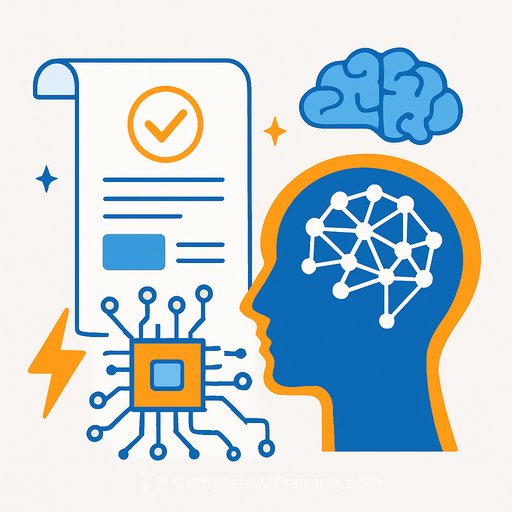AI supremacy is being decided in classrooms, labs, and hiring pipelines
Nvidia's Jensen Huang sounded the alarm: China is closing in on the U.S. in AI. DeepSeek's surge earlier this year showed how quickly the balance can shift.
That contest isn't confined to Silicon Valley or Shenzhen. It's unfolding across universities, where Beijing has been building a formidable base at Tsinghua University-challenging the tech dominance long associated with the U.S. Ivy League.
Tsinghua's surge in research and patents
Tsinghua has produced more of the world's 100 most-cited AI papers than any other university. It also files more AI-related patents each year than MIT, Stanford, Princeton, and Harvard combined.
From 2005 through the end of 2024, Tsinghua researchers filed 4,986 AI and machine-learning patents, including more than 900 last year, based on LexisNexis data cited by Bloomberg. That output reflects a focused, long-term strategy to turn research into intellectual property and applied systems.
Where the U.S. still leads-while the gap narrows
The U.S. retains an edge in influential AI patents and model development. The 2025 AI Index reports 40 notable U.S. models versus 15 from China, though the quality gap has tightened in the past two years.
"There's a lot of enthusiasm for AI and machine learning within government, industry and academic circles," said Jun Liu, a former Harvard professor who recently joined Tsinghua to lead its statistics and data science department. "The draw of AI talent is due to capital, and the Chinese government's support for scientific research, including in AI and related areas."
Stanford AI Index tracks the model ecosystem, funding, and benchmarks if you want to compare signals year over year.
China's talent pipeline starts in primary school
Beijing schools introduced at least eight hours of AI instruction per academic year, starting around age six. The curriculum covers chatbot use, core concepts, and AI ethics.
This early exposure feeds a vast workforce. In 2020, China graduated 3.57 million STEM students versus 820,000 in the U.S., according to the Center for Strategic and International Studies. State media now suggests the annual figure could exceed five million.
CSIS data provides helpful baselines for workforce planning and program design.
U.S. companies are hiring from that pipeline
Meta's new Superintelligence Lab launched with 11 founding researchers-all educated outside the U.S., seven born in China. A 2020 Paulson Institute study found Chinese AI researchers comprised nearly one-third of the world's top 100 AI scientists, with most working at U.S. universities and companies.
Follow-up research from the Carnegie Endowment showed that despite geopolitical friction, 87% of those researchers remained in the U.S. As analyst Matt Sheehan put it: "The U.S. AI industry is the biggest beneficiary of Chinese talent."
Implications for education, research, and R&D leaders
- Start earlier: Introduce age-appropriate AI literacy, ethics, and hands-on projects in primary and secondary education.
- Treat output like a product: Track citations, top-tier publications, patents, open-source contributions, and benchmark wins.
- Build applied programs: Pair coursework with real datasets, industry mentors, and compute access to produce deployable prototypes.
- Compete on incentives: Offer clear career pathways, joint appointments, and IP-sharing frameworks that reward practical impact.
- Invest in infrastructure: Budget for shared compute, evaluation stacks, and data governance tooling-so labs can move from paper to practice.
- Keep ethics close to the metal: Integrate safety, bias testing, and policy considerations into every project review.
Practical next steps you can act on this semester
- Audit your AI curriculum for hands-on depth: each course should ship a working model, tool, or evaluation report.
- Launch an applied AI practicum with partner orgs that bring real problems, data access, and weekly feedback loops.
- Create an industry fellowship track that funds compute and provides embedded time inside labs or startups.
- Adopt a simple KPI set: patents filed, reproducible code releases, benchmark placements, and startup spin-outs.
- Stand up a visiting scholar program targeting high-impact researchers-including return paths for alumni abroad.
Resources
If you're building or refreshing programs, these curated catalogs can save time:
- AI courses mapped to specific roles for department leads aligning skills to hiring needs.
- Latest AI courses to keep modules current without rewriting your entire syllabus.
Your membership also unlocks:










